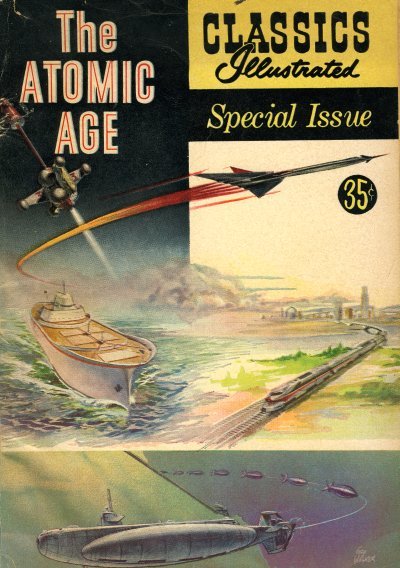Nuclear science, including the study of atomic structure and radiation properties, began in the 1890s. Since that time, enormous progress has been made both in the militaristic and peaceful application of nuclear materials, and those advances have been carefully chronicled by researchers, military personnel, professional biographers, and even hobbyists. The Oregon State University Libraries Special Collections has worked to assemble and preserve a representative selection of these documents for use by the public.
The OSU Atomic Energy Collection began to take shape in 1970, when rare book dealer Leif Laudamus started collecting key documents relating to the history of atomic energy. The project, which began with only a few pre-World War II physics texts, evolved into a twenty-year undertaking. From 1970 to 1990, Laudamus assembled the world’s largest known private collection of documents relating to the history of atomic energy. The collection, in its final form, contained textbooks, technical reports, newspapers and periodicals, literary texts, films, photographs and instrumentation, providing a close examination of the growth of atomic energy in the 20th century. In 1990 the Oregon State University Special Collections purchased the collection in its entirety from Laudamus as a resource complimentary to the Ava Helen and Linus Pauling Papers.
In the years since its acquisition of the History of Atomic Energy Collection, the OSU Libraries Special Collections has expanded its interest in the atomic era and is now home to the Barton C. and Sally L. Hacker Nuclear Affairs Collection, the Leonard M. Maki Nuclear Power Collection, the Hanford Site Forty-Year Environmental Data Collection, and the Nuclear Science Technical Reports Collection. Together, these form the Atomic Energy and Nuclear History Collections, a representative history of atomic energy from 1896 to 2002 occupying nearly 350 linear feet of archival storage space.

